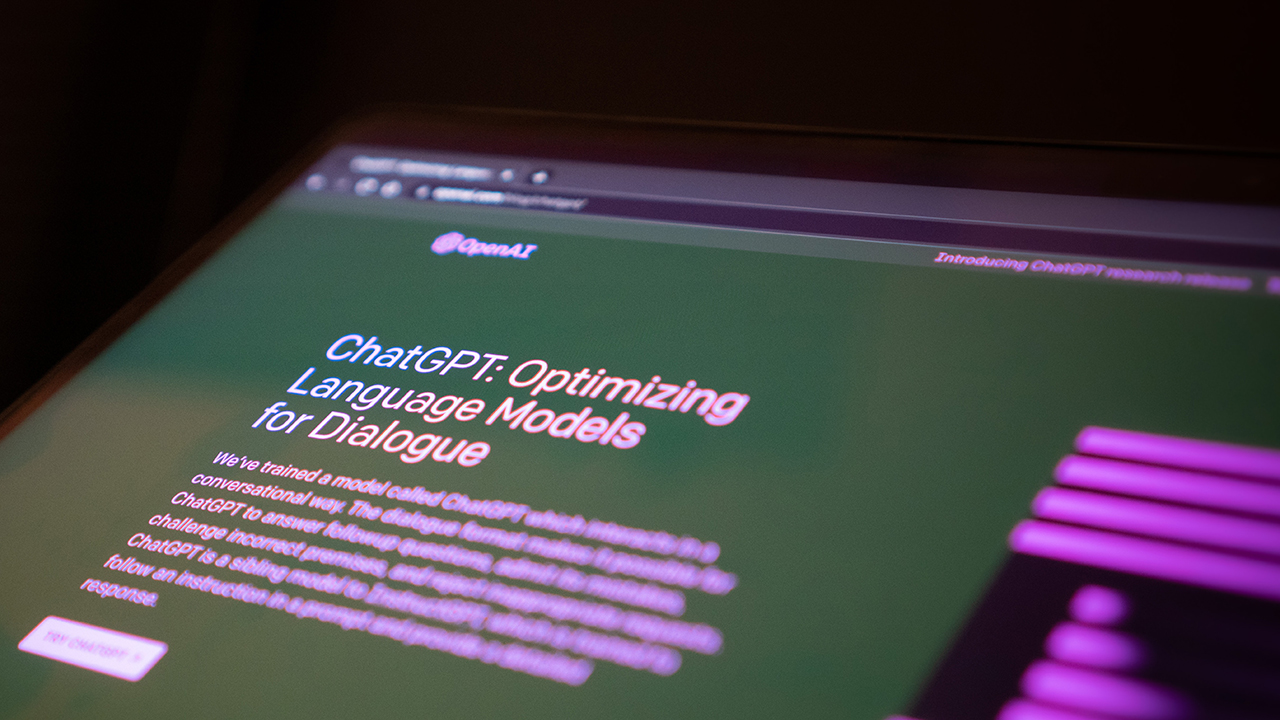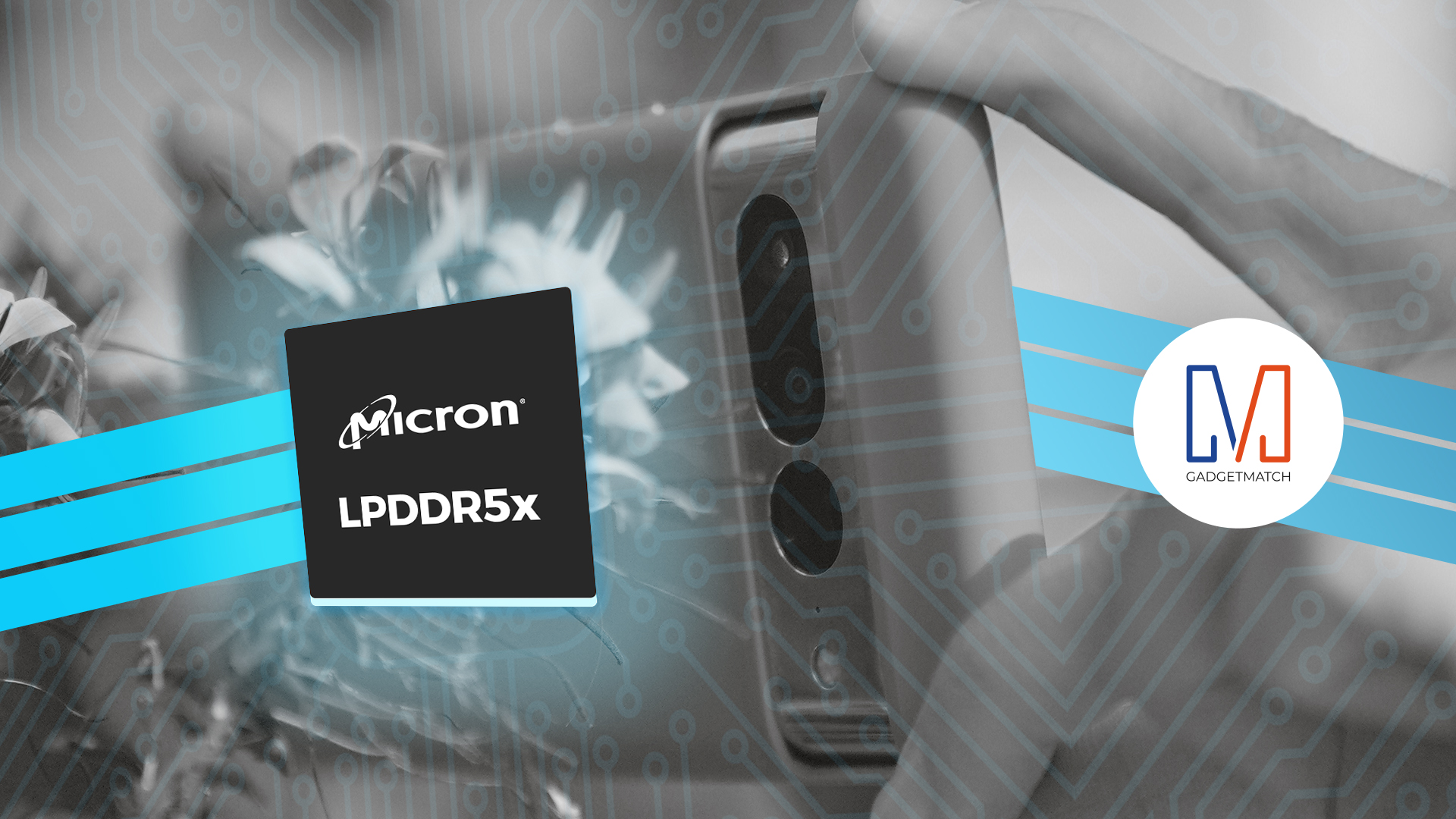Explainers
Why do Android updates arrive so late?
And what Google has been doing to solve it

With new devices popping up left and right, more and more people now have access to the latest Android operating system (OS) and its technologies. From artificial intelligence (AI)-powered cameras to smoother, simpler designs to the user interface, Android has been looking to attract more users to its platform over the past few years.
However, there are consumers who own or wish to buy cheaper devices that still unfortunately use the older versions of Android, and wonder if they get to experience the new updates for themselves — only for them to realize that it’s the end of the line for their gadgets.
Updates arrive slower, mostly in small parts, and sometimes the entire OS cannot be upgraded any further. The questions Android developers have been facing from consumers within the last few years are these: Why do updates arrive so late, and what is Google doing about it?
The Android way
The Android operating system is one big, open-source platform for developers and manufacturers. This means that they are given the liberty to modify such software to introduce and improve their products. Android smartphone companies are able to set themselves apart from the others mostly because of this approach towards the unique interfaces.
According to Google’s Android Developers website, 63.2 percent of Android devices in the market run on older Android systems than Android 7.0 Nougat; manufacturers opt to sell their devices with much older software due to their insistence of applying their own Android “skins” or their own version of the OS.
Companies such as Xiaomi, Samsung, Huawei, and ASUS customize the Android operating systems to give users a unique experience when using their devices. Xiaomi’s MIUI 10 and Samsung’s Experience bring new features for AI and major redesigns for their latest smartphones. ASUS’ ZenUI offers features that support the gaming capabilities of their smartphones, while Huawei’s EMUI allows you to sync your LinkedIn account to your address book.
Implementing such skins either limits the number of updates the device receives, or it makes the gadget no longer upgradeable. This is how Android fragmentation works, and unfortunately, is also the reason you can’t get your older Android device to upgrade to the latest software easily.
People were excited when several companies announced which smartphones would receive an upgrade to Android 8.0 Oreo over the past few months. However, only about six percent of devices have the update ready for users either due to delays in the rollout or because of bugs that affected the device’s performance.
Android fragmentation has become a problem for third-party developers, especially those who were hoping to use the newer and more updated software to create better games and utility apps for people. Because of fragmentation, developers are limited to the older and less secure versions of Android, as well as the codes and programs that come with it.
The applications these developers make are not guaranteed to work without encountering problems along the way. The late arrival of updates hampers the developers’ ability to make any changes to their applications, and even put the user’s safety at risk.
Google’s plan of action
At present, the developers at Google did a number of projects for updates to arrive faster and all at once for third-party developers and phone manufacturers.
They came up with pure Android software known as Android One, and they encouraged device manufacturers to create smartphones using the Android One OS. Android One became Google’s standard for manufacturers and developers to use in their new devices and applications. With smartphones incorporating Android One, updates become more regular and can be streamlined across multiple devices all at once.
Android One was already available on a few devices since its initial launch in 2014, from the Cherry Mobile G1 to the Xiaomi Mi A1. However, the pure Android OS disappeared for a while because the software itself gave no freedom for manufactures to differentiate themselves. Eventually, Android One found itself back in the market with Nokia spearheading the effort to reintroduce it with the likes of the well-received Nokia 7 Plus.
Don’t confuse Android One with Android Go, Google’s cut-down version of its Android OS, however. While Android One is the standard Android software Google wants to apply across all devices, Android Go is designed for entry-level devices. Devices running Android Go will be able to maximize storage options and mobile data management for you, so you will be able to do many things with your phone without worrying about space and data consumption.
The latest experiment: Project Treble
Another project undertaken by Google to address the fragmentation issue is Project Treble. Project Treble is a service offered to users to help streamline the process of updating their software to the latest version from Android, and is currently offered to devices that have Android Oreo installed out of the box.
What Project Treble does is that it allows manufacturers to deliver the updates themselves, without having to go through long and expensive processes to deliver them. This also allows developers themselves to create applications using new codes and programs provided by the Android software.
Following Project Treble was the release of the beta version for Android P. Like in previous iterations, Google did this so developers can already work on their own software-specific applications and technologies that fit the profile Android P brings to the table. Of course, the beta version is still only available to a select number of companies working on new devices, but it will be available across all devices once a final version is released.
Initially, Project Treble and Android P Beta were only available on Google’s Pixel phones, but they’ve now branched out to non-Pixel phones, as well. Treble is available for all new devices that have Android Oreo pre-installed, so developers can experience Android P Beta and work around the new software. A list of devices that already support Android P Beta can be found here and on Android’s Developer website.
What’s next for Android?
With Project Treble and Android continuously bringing updates to the platform faster to consumers, Google is hoping to have just one centralized operating system in the future. Over the past year, Google has been working on Fuchsia, designed to be the central operating system that is potentially going to replace both Chrome OS and Android in the near future. Fuchsia is expected to further streamline updates as a way of fighting Android fragmentation.
Android P is still in its beta version as of writing, meaning that Google is getting feedback from companies that have devices already powered or tested using the latest Android software over the past few months. Google is constantly working on better and faster ways for software updates to reach Android devices, provided that such devices have the necessary hardware to accommodate the upgrades.
For third-party developers, Google has even made their services more accessible to older Android devices. Recently, it gave older devices access to the company’s virtual assistant service, Google Assistant, as long as these devices were running at least an Android 5.0 Lollipop system.
With all these developments for Android, it’s safe to say that Google has done what it can to address the issue on updates arriving so late, so don’t worry if your phone is still running on an older Android OS, because Google hasn’t forgotten you.


It’s that time of the year again!
Since 2020, Samsung has equipped the Galaxy S20 Ultra with an ultra-fast 45W fast-charging speed compared to the Galaxy S10+‘s measly 15W charging standard. Four years after, 45W still remained on the Galaxy S24 Ultra.
For three consecutive years, Michael Josh has conducted a dedicated charge test to know whether its 45W “Super Fast Charging” works as promised on the latest line of Samsung’s Galaxy flagships. The Galaxy S24 Ultra isn’t an exemption to that.
Curious to know? Find out in our Galaxy S24 Ultra and Galaxy S24+ Charge Test.
Explainers
ChatGPT Explained: Should we be scared of AI?
Will the talking robot take over the world?

Back in the earlier days of the internet, an emerging but short-lived trend involved chatbots who could generate conversation with whomever it talked to. Does this sound familiar? Today, a similar phenomenon is creating a lot of waves online, headed by the infamous ChatGPT. The exceedingly popular ChatGPT is turning heads out of fear that the technology will eventually upend society and eradicate a lot of jobs.
But what exactly is ChatGPT? How is it different from language programs in the past? Is the world right to worry about them?
On the rise of language learning
ChatGPT is hardly the first software to inexplicably generate comprehensible dialogue without human intervention. Decades ago, the internet hosted rudimentary versions of today’s chatbot technology. The concept is somewhat similar, though. The early versions relied on a database of responses from human users. If you asked about coffee, for example, the answer you get will likely come from the logs of another user who talked about coffee in the past.
Because the system was imperfect in its infancy, part of the appeal was trying to get the software to fumble a conversation. However, if it did mess up, you can count on it asking you what it should have said. The next time someone asks the same question, the software might mirror what you said, creating a learning process between the software and the user.
Today, chatbots — meaning those usually used by businesses today — operate in the same way. If a customer comes with a query, the software will rely on a set of responses to most appropriately address the user’s problem. If the software can’t come up with a solution, the ball usually gets passed on to a human consultant.
Is ChatGPT just another chatbot?
Though the label certainly gets thrown around, ChatGPT isn’t strictly a chatbot. Instead, the software uses GPT-3.5, a specific language model created by OpenAI. Whereas early and more rudimentary versions of the same technology can already store an unbelievable amount of information in its memory, ChatGPT can analyze billions of words and the relationship between them.
Further, OpenAI extensively trains the software, ensuring that comprehension and grammar can live up to today’s standards. The learning is supervised. In fact, the company even has a makeshift reward system to ensure that the software puts out the most appropriate response. With users also contributing to the software’s learning process, ChatGPT is quickly emerging as a powerhouse for the technology.
The results speak for themselves. While users can generate simple conversations with the software, ChatGPT can just as easily answer more extensive queries with lengthier responses. If you ask it to create an essay about Christopher Columbus, for example, it can write a lengthy piece that can easily fool a casual reader. It can even handle more speculative queries. In a sample published by the developer, ChatGPT can answer what would happen if Columbus discovered America in 2015.
What’s it good for?
Based solely on what the software can do, ChatGPT can find its purpose in today’s world. The software can improve voice assistants and chatbots all over the internet. It can make big strides in the world of automation, enabling a more responsive interface between user and software.
On a more human aspect, the software can also handle more professional jobs with simpler prompts such as those involving simple marketing copy. It can help with more ephemeral research efforts, allowing users to get simple answers for otherwise complex questions.
And, on a more technical side, ChatGPT can reportedly analyze and detect what’s wrong with a piece of coding. With the software, developers can use ChatGPT to potentially repair code without having to pore over every single line. Allowing a powerful tool to inspect code speaks volumes for a lot of applications all over the world including smart vehicles and technical machinery.
However, as with every piece of technology, users will always find a way to use something beyond what it was originally designed for. ChatGPT is now changing the world of education as students are using the software to do their homework for them. Though a lot of the sample texts look like they can fool only lower levels of education, a Wharton business school professor (via Business Insider) recently stated that he would have been fooled by a ChatGPT essay, grading a sample with a passable grade of B or B-.
Should we be scared of ChatGPT?
ChatGPT is undoubtedly rocking the world of education. While some schools have banned the technology outright, others are debating on the software’s impact on how schools are taught. Since ChatGPT deals out more factual information, could education reinvent itself to teach more personal, tailored learning, rather than just the ability to spit out memorized facts. (“Factual” might even be an exaggeration. CNET, which recently experimented with AI-written articles, discovered a plethora of errors from using the software.)
Now, education isn’t the only world in peril. The creative industry is facing an extreme challenge wherein ChatGPT can potentially cause workers their jobs. Though the danger certainly seems real, the limitations of technology are also real. ChatGPT can create comprehensible text that can fool a human, but it will likely stumble with conceptualization.
A piece of software is just software. Even if it can write an essay about existentialism, it cannot think of the concept metaphysically. In the same way, even if it can show you a photo of a parrot, it cannot think of that photo as anything but a pattern of pixels. To a language learning software, words don’t mean anything else besides their relationship with each other. It’s the same thought process as a dog learning to run to its human when its name is called. The dog doesn’t know that you just said its name (or even the mere concept of a name); it just knows to do a certain action after hearing a specific sound.
Can ChatGPT change the world? Overall, the jury is still out, but it’s unlikely that a piece of learning software can do much to replace human-centric work. Regardless, it’s important to think of how ChatGPT can improve (or detriment) humanity.
Like with other supposedly dangerous technology, the world of technology is a Pandora’s box. We can never put the genie back into the bottle. Once it’s out, it’s out. Instead of worrying about how technology can destroy the world, the more appropriate response is to figure out how it can better humanity without sacrificing anyone’s wellbeing in the process.

When you’re looking to buy a new device, which specs should you pay attention to? Which upgrades should you consider?
In this video instead of reviewing the latest new smartphone, we’re going to talk about its unsung hero: RAM.
We partnered with @MicronTech to help you understand all the magical things that you get to do on your smartphone thanks to internal memory and storage.
To find out more about Micron’s mobile memory and storage solutions and how they’re bringing mobile innovation to life, visit https://www.micron.com/solutions/mobile or watch our explainer video.
-

 Events2 weeks ago
Events2 weeks agoStellar Blade: PlayStation taps cosplayers to play Eve for game’s launch
-

 Features1 week ago
Features1 week agoFortify your home office or business setup with these devices
-

 Gaming2 weeks ago
Gaming2 weeks agoThe Rogue Prince of Persia looks like an ultra-colorful roguelite
-

 Accessories2 weeks ago
Accessories2 weeks agoLogitech unveils G Pro X 60 gaming keyboard: Price, details
-

 Reviews1 week ago
Reviews1 week agorealme 12+ 5G review: One month later
-

 Gaming2 weeks ago
Gaming2 weeks agoLenovo confirms development of a Legion Go 2
-

 Deals2 weeks ago
Deals2 weeks agoTCL P635 TV: Big savings for TCL’s anniversary
-

 Gaming1 week ago
Gaming1 week agoNew PUMA collection lets you wear PlayStation’s iconic symbols




























